Definition
noun, plural: mules
(zoology) A sterile hybrid offspring, especially of a male donkey and a female horse
(botany) Any sterile hybrid plant
Supplement
In biology, a mule generally pertains to a hybrid offspring that is sterile. For instance, a cross between a male donkey (jack) and a female horse (mare) results in a progeny (male or female) that is sterile. Although donkeys and horses belong to the same genus, Equus, they are two different species. Horses are taxonomically designated as Equus ferus caballus whereas donkeys are designated as E. africanus. The two species have different number of chromosomes. A donkey has 62 chromosomes whereas a horse has 64 chromosomes. Mules are much used as draught animals. They are more hardy and long-lived than horses, and described to be more intelligent than donkeys. A reciprocal cross, i.e. a cross between a male horse (stallion) and a female donkey (jenny), results in a similarly sterile offspring, called a hinny.
Other examples of animal mules are the offspring from a cross between the canary and some other finch, and that between a meat ram and a hardy mountain ewe. In plants, a mule also pertains to a hybrid plant, especially one that is sterile. A plant or vegetable produced by impregnating the pistil of one species with the pollen or fecundating dust of another.
See also:
Dictionary > Mule
You will also like...
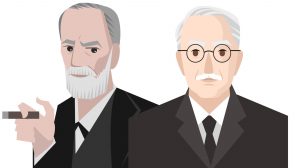
Sigmund Freud and Carl Gustav Jung
In this tutorial, the works of Carl Gustav Jung and Sigmund Freud are described. Both of them actively pursued the way h..
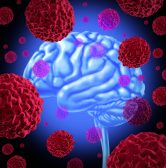
Types and Causes of Brain Damage
This tutorial describes the different types and causes of brain damage. Find out how genetics, physical injury, lack of ..
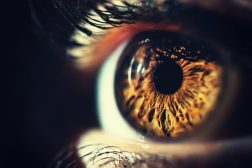
Human Perception – Neurology
This tutorial investigates perception as two people can interpret the same thing differently. Know more about human perc..
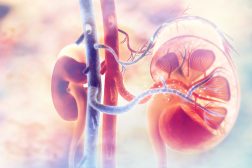
Homeostasis of Organism Water Regulation
Osmoregulation is the regulation of water concentrations in the bloodstream, effectively controlling the amount of water..
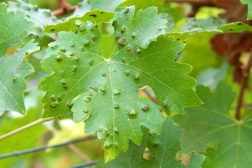
Plant Cell Defense
Plants protect themselves by releasing hydrogen peroxide to fight against fungal invasion. Another way is by secreting c..
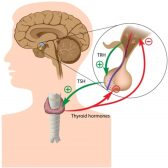
Hormone Production
Hormones are chemical messengers produced by specialized glands and they were produced by switching on the genes designe..

